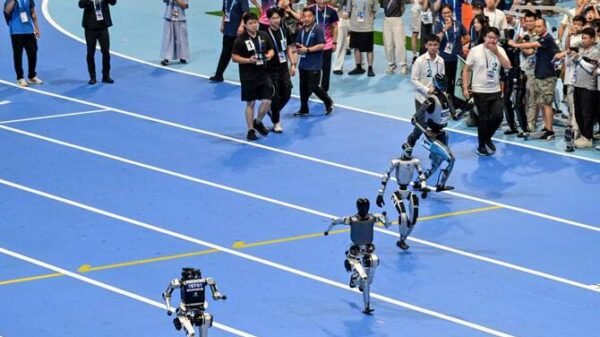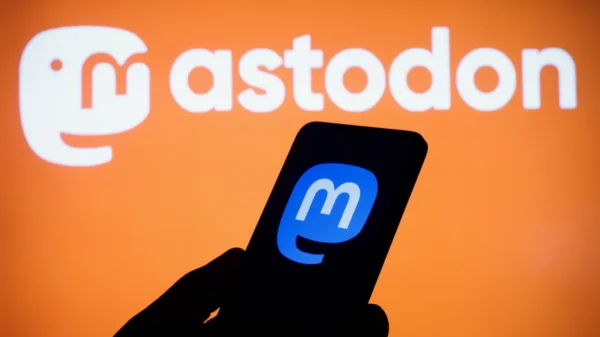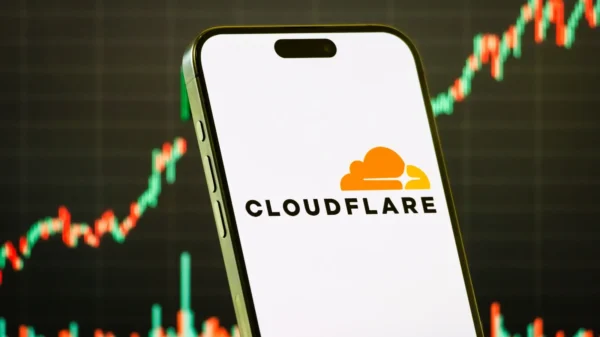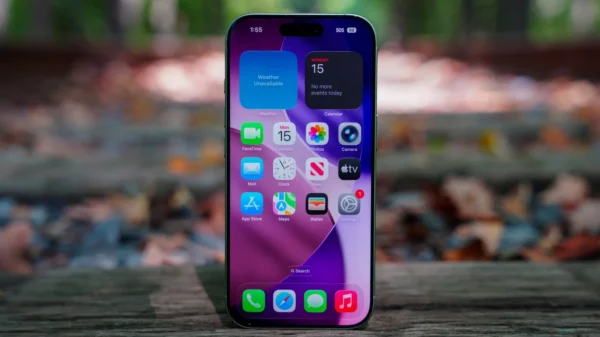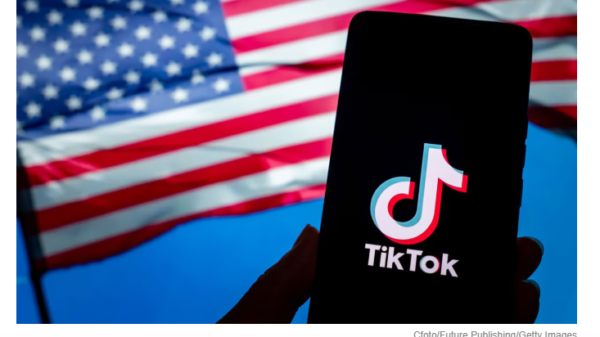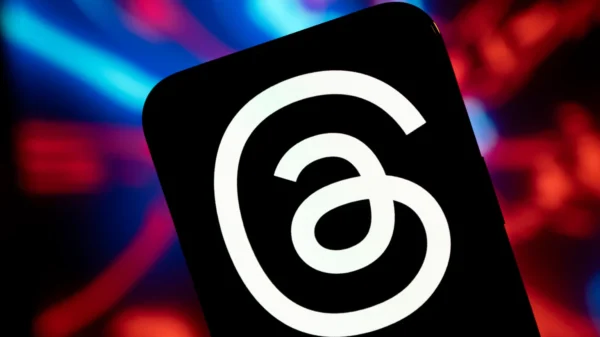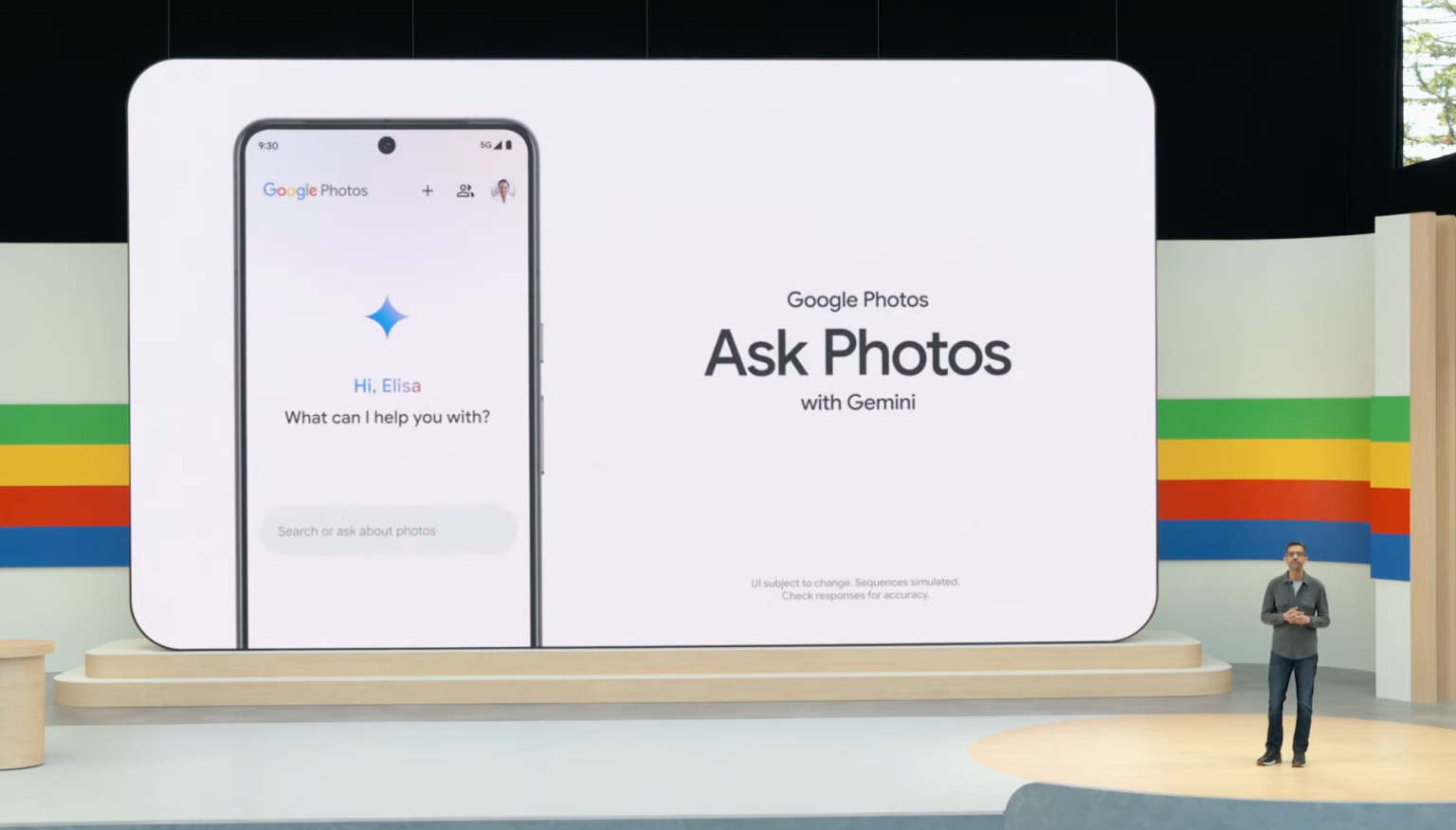Google keeps innovating by adding AI to its toolset, which is crucial in today’s digital world. The most recent upgrade, the “Ask Photos” function that uses artificial intelligence, is meant to change the way we engage with pictures forever. Soon after its release in the US, this tool will revolutionize how people search for and interact with photos. In this article, we examine the features, capabilities, consequences, and possible effects of state-of-the-art technology on a number of different sectors.
Deciphering the “Ask Photos” Function on Google
With Google’s “Ask Photos” feature, users can directly ask questions about photos using an AI-driven tool. This function is able to assess picture content and offer contextual answers by means of sophisticated image recognition and natural language processing (NLP). With this technology, users won’t have to worry about tedious manual searches or text-based inquiries anymore; instead, they’ll have a smooth and easy approach to getting information from photographs.
Features of “Ask Photos” That Are Crucial for Picture Recognition and Understanding Context: Advanced image recognition algorithms developed by Google are the backbone of the “Ask Photos” function. Objects, people, and locations can all be recognized by this AI model. When these insights are combined with contextual data, the system is able to give users answers that are both precise and relevant.
The integration of natural language processing powers the feature, which can interpret and answer questions posed in natural language thanks to Google’s cutting-edge NLP capabilities. Consequently, users may have natural-sounding conversations with photographs, asking things like “Who is in this photo?” or “What is this building?” and getting precise responses in an instant.
Google aspires to make information retrieval more intuitive by integrating AI into photo search, which enhances the search experience. Users can get what they need more quickly and with more engagement by skipping the typical search procedure and instead interacting with visuals.
The Importance of “Ask Photos” for Improving Usability
The “Ask Photos” function is a huge improvement to the user experience that has just been introduced. Its intended enhancement to user interaction with images is as follows:
User-Friendly Design: People of all ages and skill levels will be able to enjoy images in a whole new way with this feature’s intuitive design. Users can get a ton of information without having any specific expertise by just touching an image and asking a question.
Users receive instantaneous feedback on their inquiries thanks to the AI-powered system’s real-time answer delivery. In contexts where rapid retrieval of knowledge is crucial, like when traveling or conducting research, this immediate reaction capability is very useful.
Exploration and Visual Learning: “Ask Photos” provides a one-of-a-kind chance for visual learning in the classroom. This tool is great for teachers and students since it allows them to look at pictures and find out more information about things like scientific phenomena, historical sites, and more.
What This Means for Companies and Advertisers
Many doors will open for marketers and companies once Google’s “Ask Photos” function launches in the United States. Some of the possible effects are as follows:
Brands may use this technology to their advantage by making interactive content that captivates consumers in fresh ways. For instance, “Ask Photos” allows stores to enhance the shopping experience by providing detailed product information straight from website photographs.
Businesses can enhance their image content to match the capabilities of the “Ask Photos” function, leading to improved content discovery. Companies may make their visual material more discoverable and accessible to more people by making it AI-friendly.
The incorporation of AI into picture search opens up new possibilities for highly targeted advertising. Advertisers may generate more interaction and a more tailored experience by optimizing their advertising with AI to show up when users connect with pertinent imagery.
Things to Think About and Possible Obstacles
There are a few things to keep in mind and obstacles to overcome using the “Ask Photos” feature, despite its many advantages:
Problems with Security and Privacy: Privacy is a major issue with any system that relies on artificial intelligence. Users may be apprehensive about the usage of their data, particularly when dealing with intimate photographs. Google needs to be open and honest about these concerns and make sure that user data is managed securely and ethically.
The precision of AI Answers: The “Ask Photos” function is only as good as the precision of the AI’s answers. Users may lose faith in the technology if the answers are inaccurate or deceptive. Keeping the AI model up-to-date and refined is crucial for ensuring high accuracy and reliability.
A learning curve and adjustment period may be necessary for certain users as they become used to this new method of working with pictures. To make the changeover go well, Google has to invest in user education and make the interface easy to use.
Where Does Image Interaction Go From Here?
The “Ask Photos” feature’s launch in the US is only the first step. Our ability to engage with digital content will undoubtedly grow in tandem with the development of AI. Improvements to picture analysis, compatibility with other Google products, and support for more languages and markets all be on the horizon.
In summary
The “Ask Photos” feature, powered by artificial intelligence, is going to revolutionize image interaction by providing a more natural and interesting search experience. Google plans to improve user interaction and streamline information retrieval by using cutting-edge AI technologies like picture recognition and natural language processing. Businesses, schools, and regular users in the US will need to investigate the feature’s capabilities and adjust to the new opportunities it presents as it launches. Artificial intelligence is driving the next generation of picture interaction.


